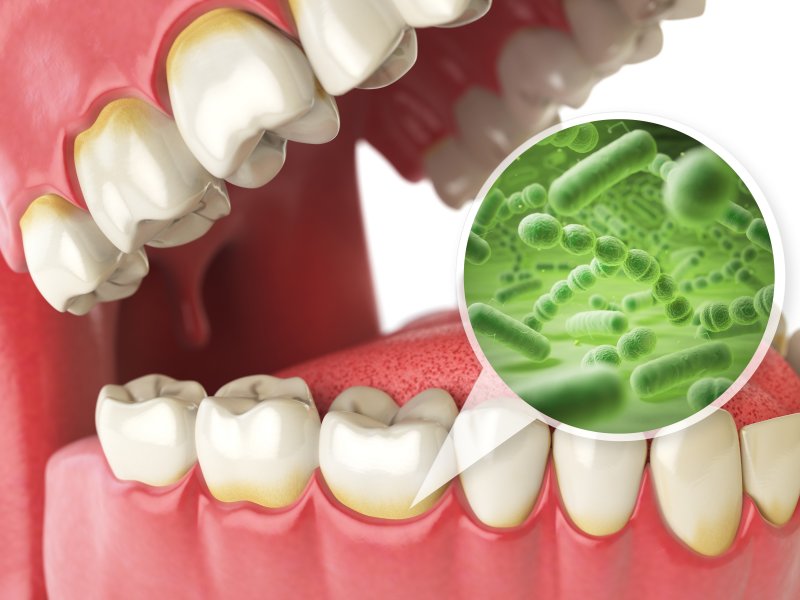
Gum disease has to be one of the most misunderstood oral health conditions, which is unfortunate because it’s also one of the most common. If more people had an understanding of what gum disease is, and how to deal with it, it might go a long way toward promoting people’s oral health in general.
If you want to know more about this condition, here are some of the most common myths about gum disease, and why they aren’t necessarily true.
I Can’t Have Gum Disease Because I Don’t Have Cavities
The mouth is all tied together; the state of your teeth can have an effect on your gum health, and vis versa. That said, the bacteria that cause cavities aren’t necessarily the same ones that cause gum disease, so being clear of one doesn’t necessarily mean there’s no risk of the other. You need to check the integrity of both your teeth and your gums to ensure that your oral health is in order.
Gum Disease Only Affects the Mouth
We don’t generally see doctors about our teeth, so it can be easy to forget that your mouth is connected to the rest of the body. It might seem like gum disease only affects your teeth and gums, but recent studies suggest that isn’t the case. Scientists think that bacteria from your gums can seep into the bloodstream and move into other parts of the body, increasing the risk of contracting heart disease, lung disease, and even dementia.
It’s Normal for Gums to Bleed During Pregnancy
Pregnancy affects the body in a wide variety of ways, and that extends to your oral health as well. While pregnant, your body will naturally start to move nutrients away from the mouth and towards other parts that are more vital to your baby’s safety. That’s why many people report bleeding gums and losing teeth when pregnant.
That said, there are things you can do to prevent these oral health problems. By maintaining a solid brushing and flossing routine, and getting dental cleanings more often, you should be able to keep your teeth and gums intact.
Hopefully, this guide gave you a better understanding of gum disease and a better idea of how to deal with it. Keep these tips in mind, and you should be one step closer to immaculate oral health.
About the Author
When patients meet Dr. Jayme Glamm for the first time, they can tell for a fact that she loves her job. She’s a dentist who believes in the power of a beautiful smile and feels privileged to be able to give them to her patients. She received her Doctor of Dental Surgery from the Ohio State University College of Dentistry, and she has remained committed to continuing her education ever since.
If you have any questions about gum disease, she can be reached at her website or by phone at (614) 487-0112.
